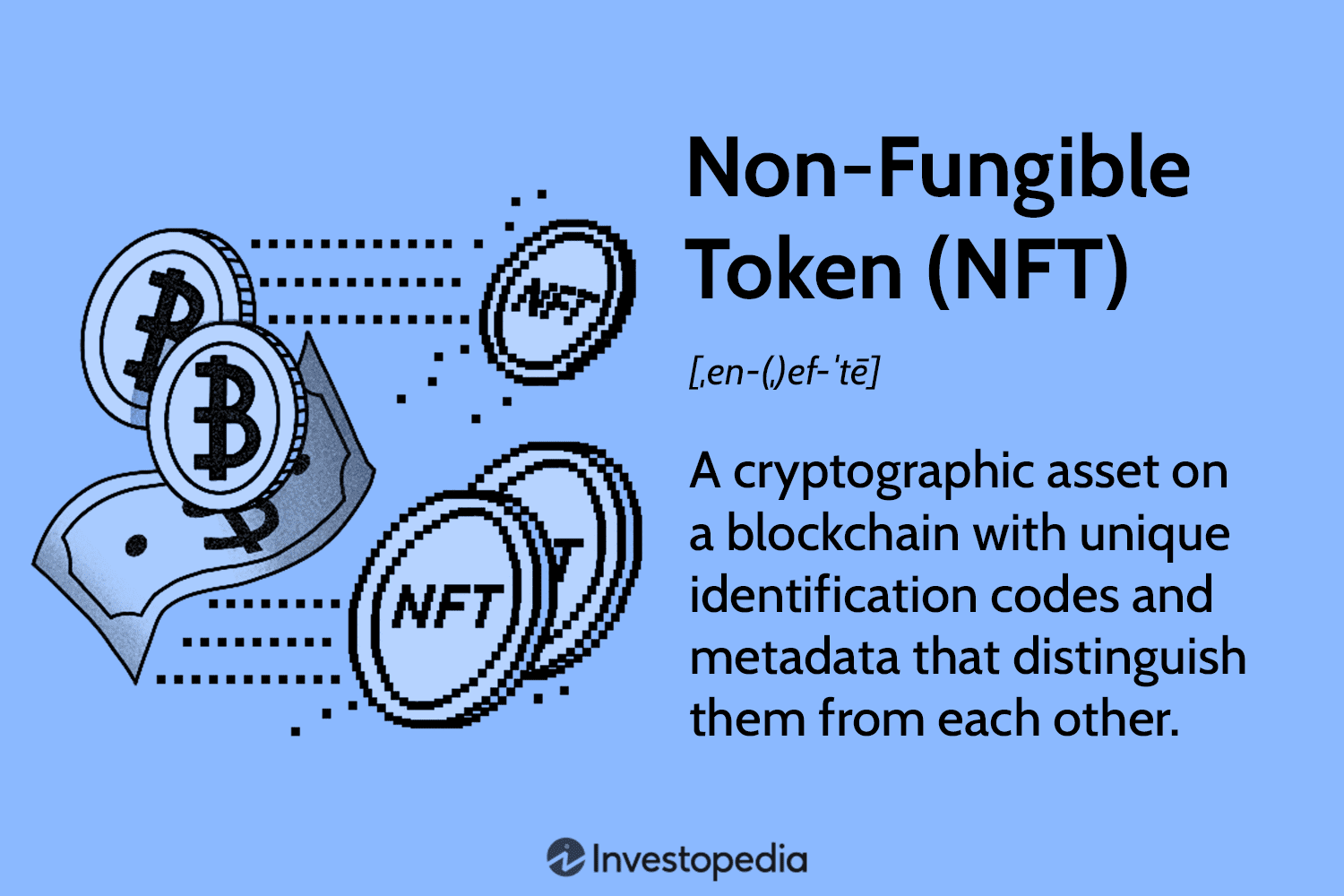Introduction
In recent years, Non-Fungible Tokens (NFTs) have surged to prominence, captivating the imaginations of artists, collectors, and investors alike. As these digital assets permeate the cultural landscape, the question arises: What are NFTs, and do they represent the future of ownership in a digital world?
The Basics of NFTs
NFTs are unique digital tokens that represent ownership of an asset, novelties ranging from art and music to virtual real estate and collectibles. Unlike cryptocurrencies, which are fungible and equal in value, each NFT has a distinct identity, secured and verified through blockchain technology. This creates a paradigm of digital scarcity, allowing creators to monetize their works more effectively and collectors to establish verifiable ownership.
The Explosive Market Growth
The NFT market experienced astonishing growth, soaring to a valuation of approximately $41 billion in 2021, rivaling that of the entire global fine art market. This boom has ignited debates over the sustainability and future significance of NFTs, with some experts fearing a speculative bubble while others regard them as a revolutionary new asset class.
How NFTs Function
NFTs operate on a blockchain—a decentralized public ledger—where metadata about the token and the linked asset are securely stored. The minting process not only entails creating the token but also incorporates smart contracts to govern ownership transfers and payments. This workflow ensures that even digital files, which can be easily copied, maintain a unique identity and ownership record.
Applications and Use Cases
From verifying the ownership of digital art to tokenizing real estate investments, NFTs present an array of practical applications. Artists can sell their work directly, benefitting from higher profits and ongoing royalties. Brands have also leveraged NFTs for marketing and fundraising initiatives, creating unique digital arts that resonate with audiences, such as Taco Bell’s whimsical NFT art collection.
Challenges and Criticisms
Despite their allure, NFTs are not without challenges. Critics point to concerns about market liquidity, copyright infringement, and environmental impact due to the intensive energy requirements of blockchain technology. Furthermore, potential buyers are urged to remain cautious; the risk of losing investment value is inherently tied to market demand rather than intrinsic worth.
Conclusion: The Path Forward for NFTs
As the NFT phenomenon continues to unfold, its implications for artists, collectors, and the broader economy remain profound. In navigating this digital revolution, understanding NFTs from both a technological and economic standpoint will empower individuals to make informed decisions about their investments in this evolving landscape.
Key Takeaways
- NFTs are unique digital assets with verifiable ownership on the blockchain.
- The market for NFTs has experienced explosive growth, raising questions of sustainability.
- Applications of NFTs extend beyond art, impacting real estate and branding sectors.
- Investors should consider potential risks and market volatility when engaging with NFTs.

